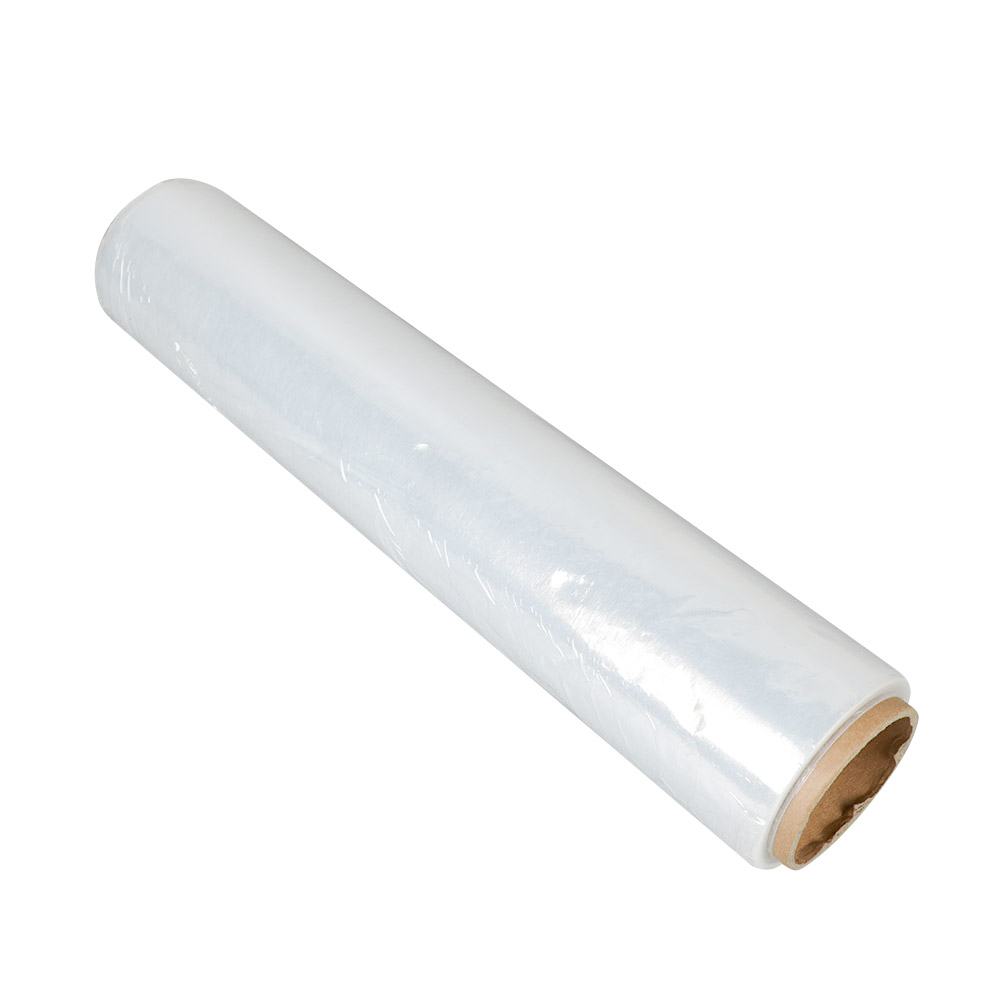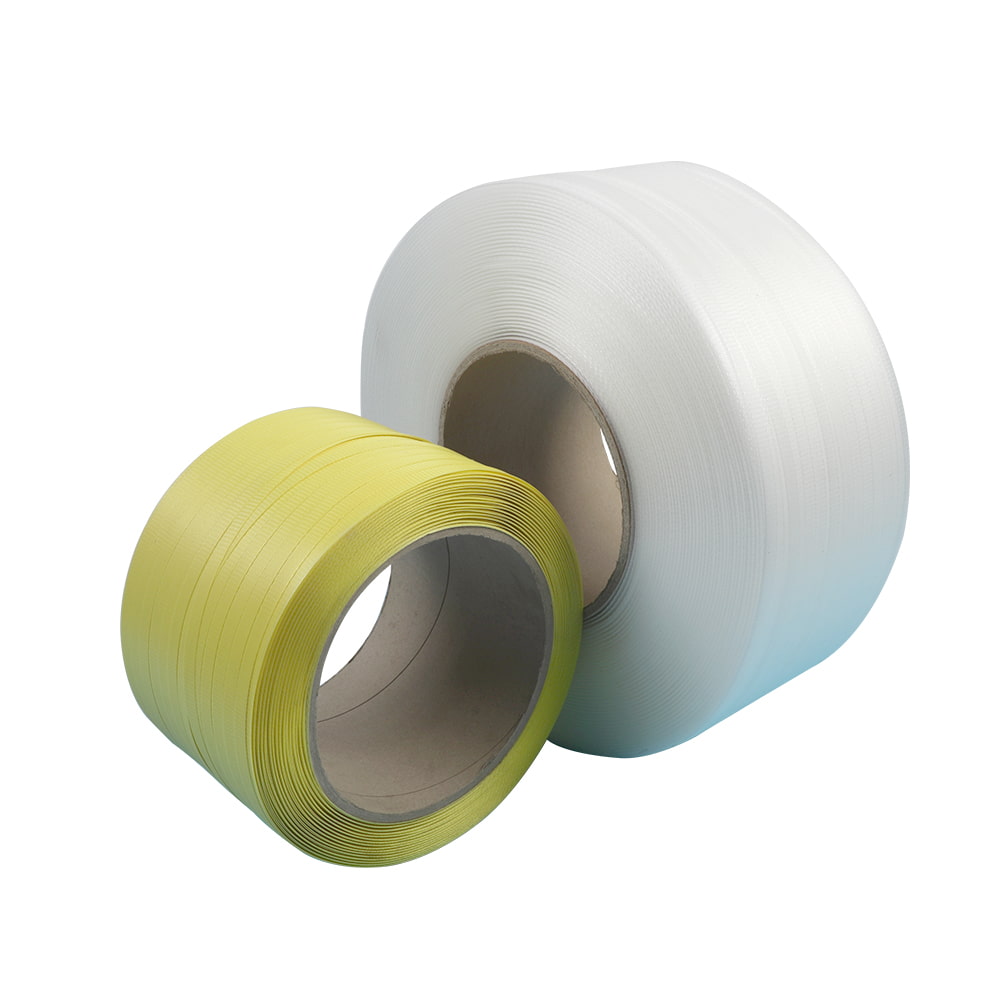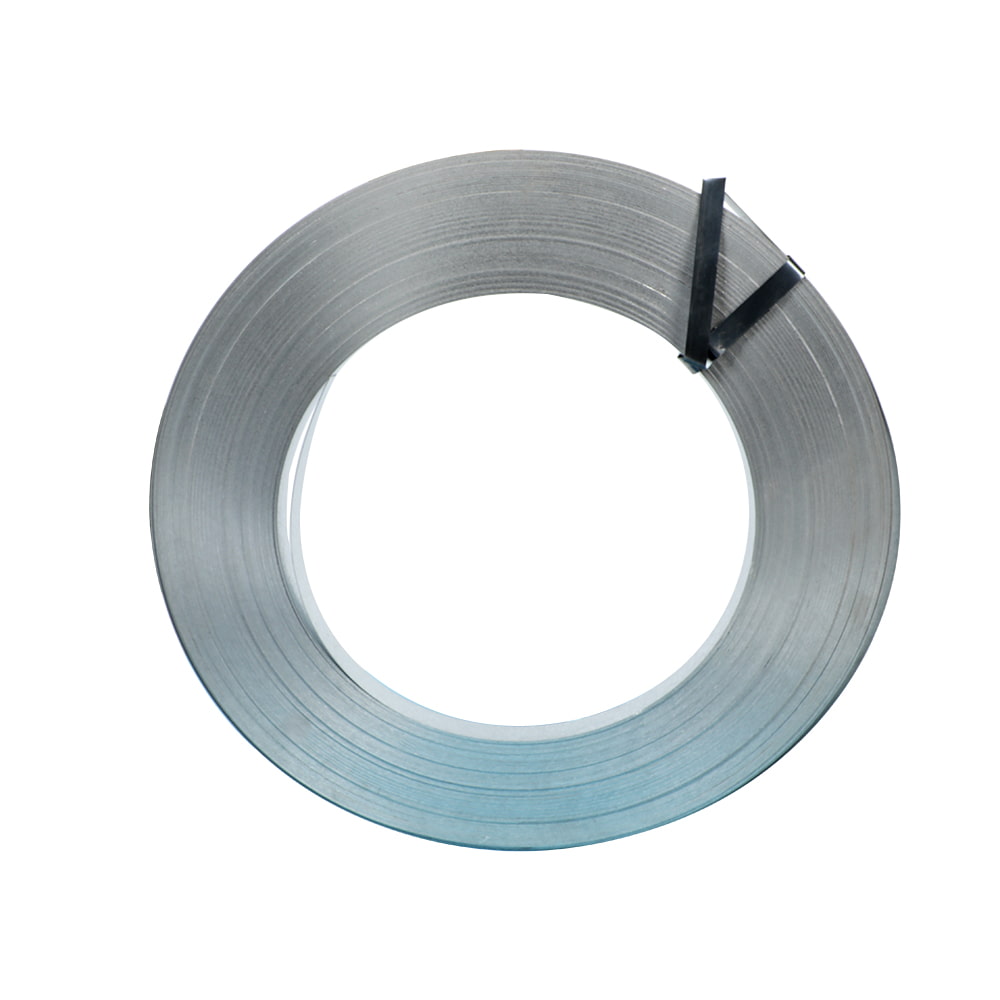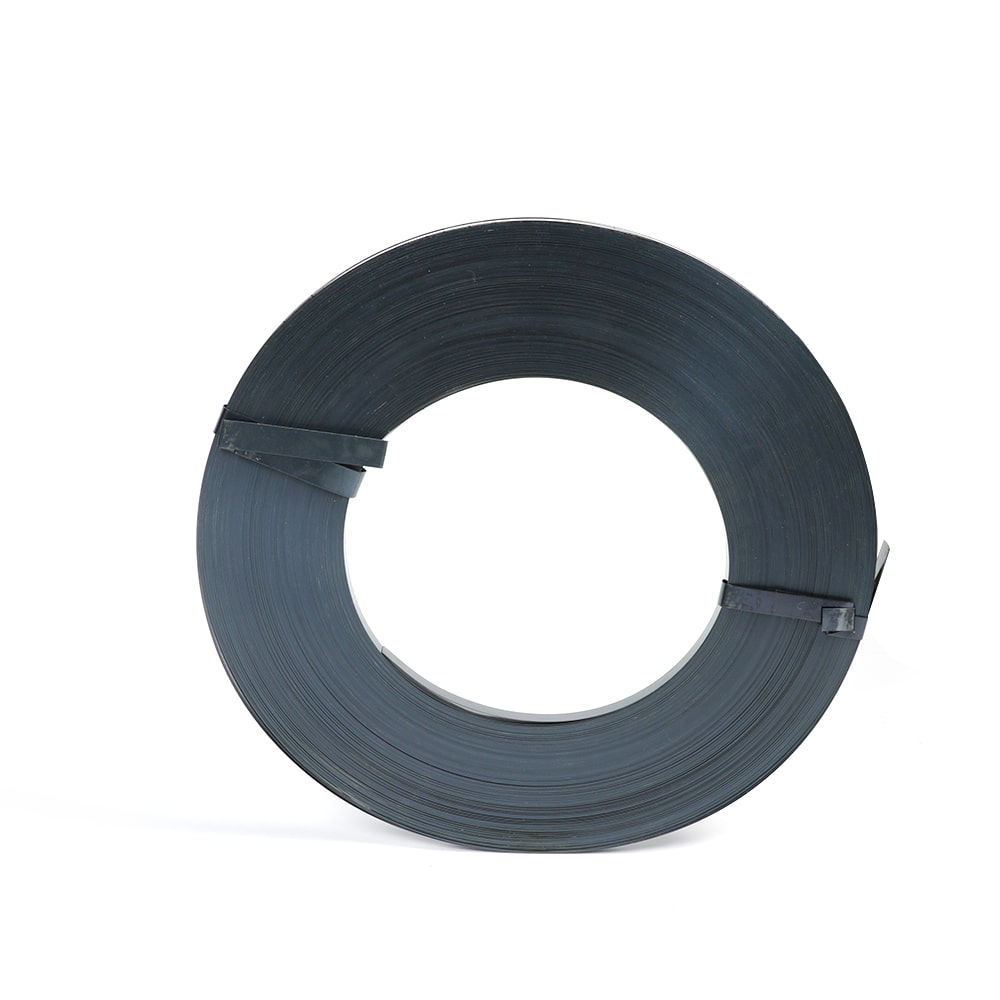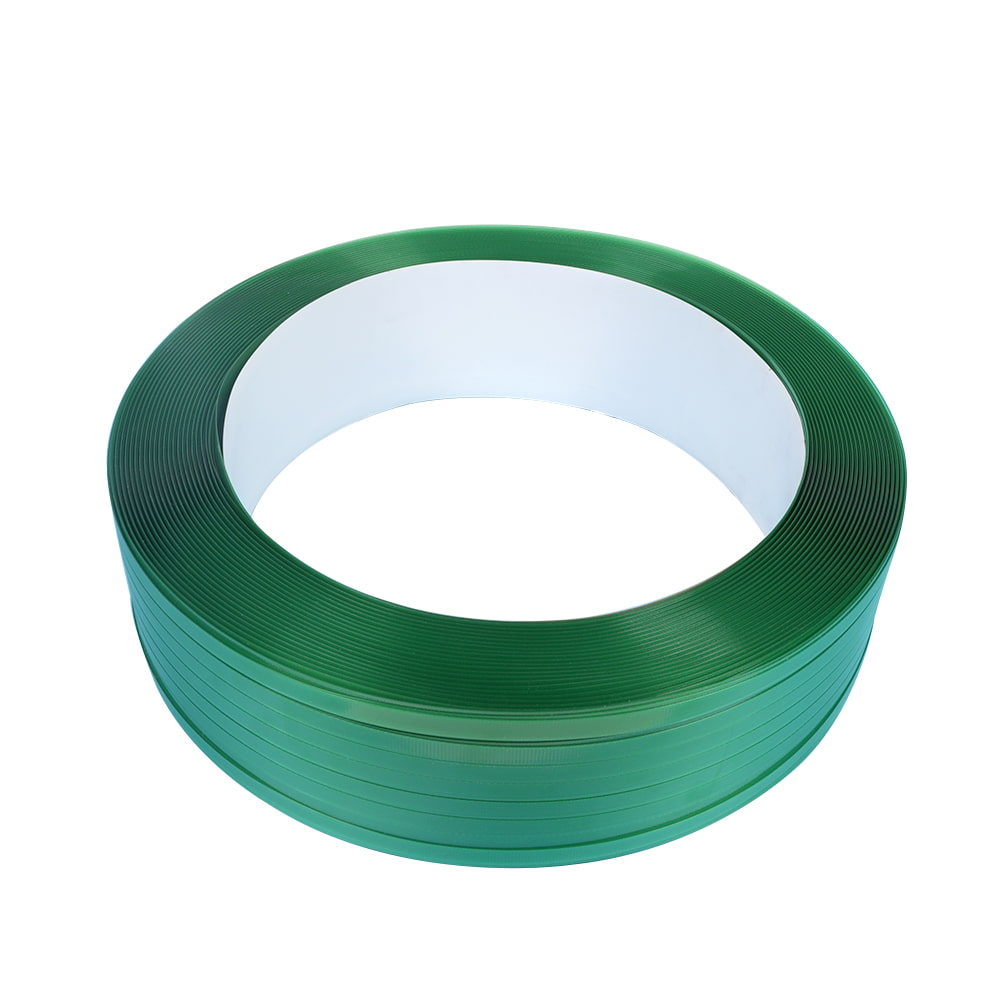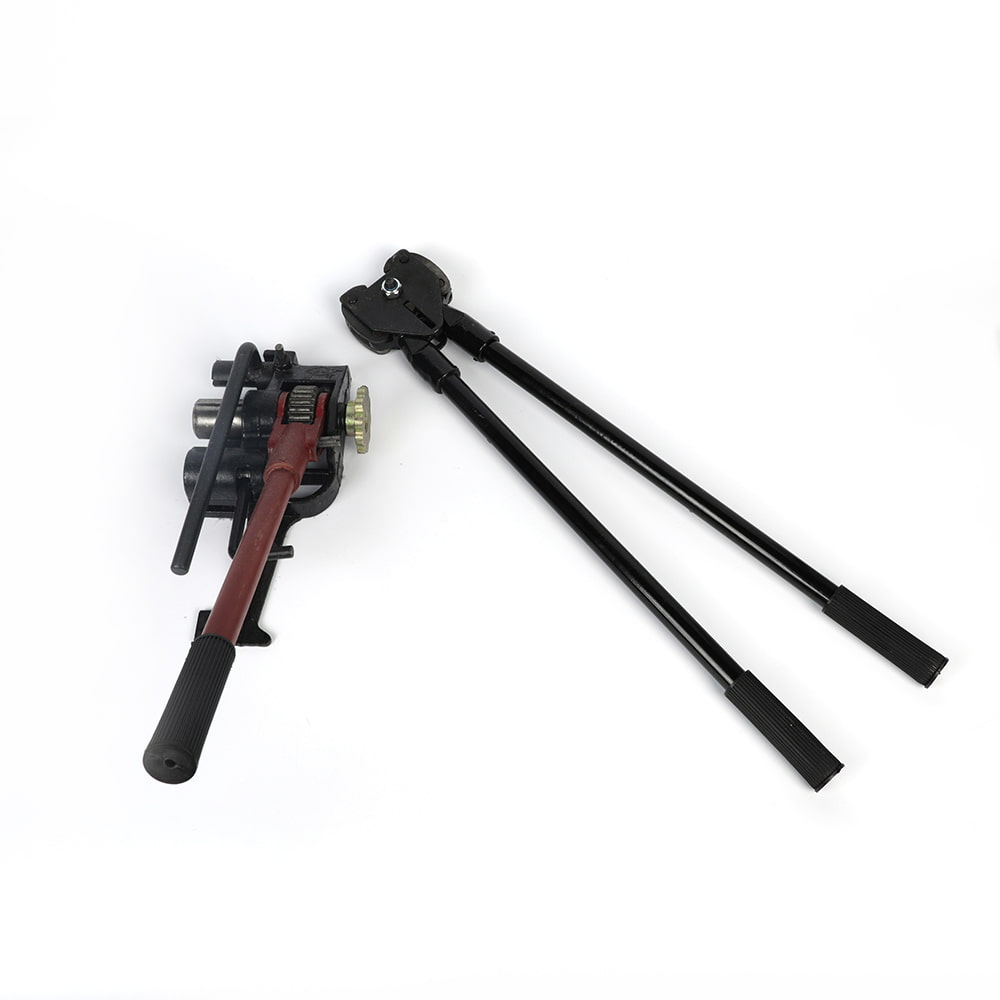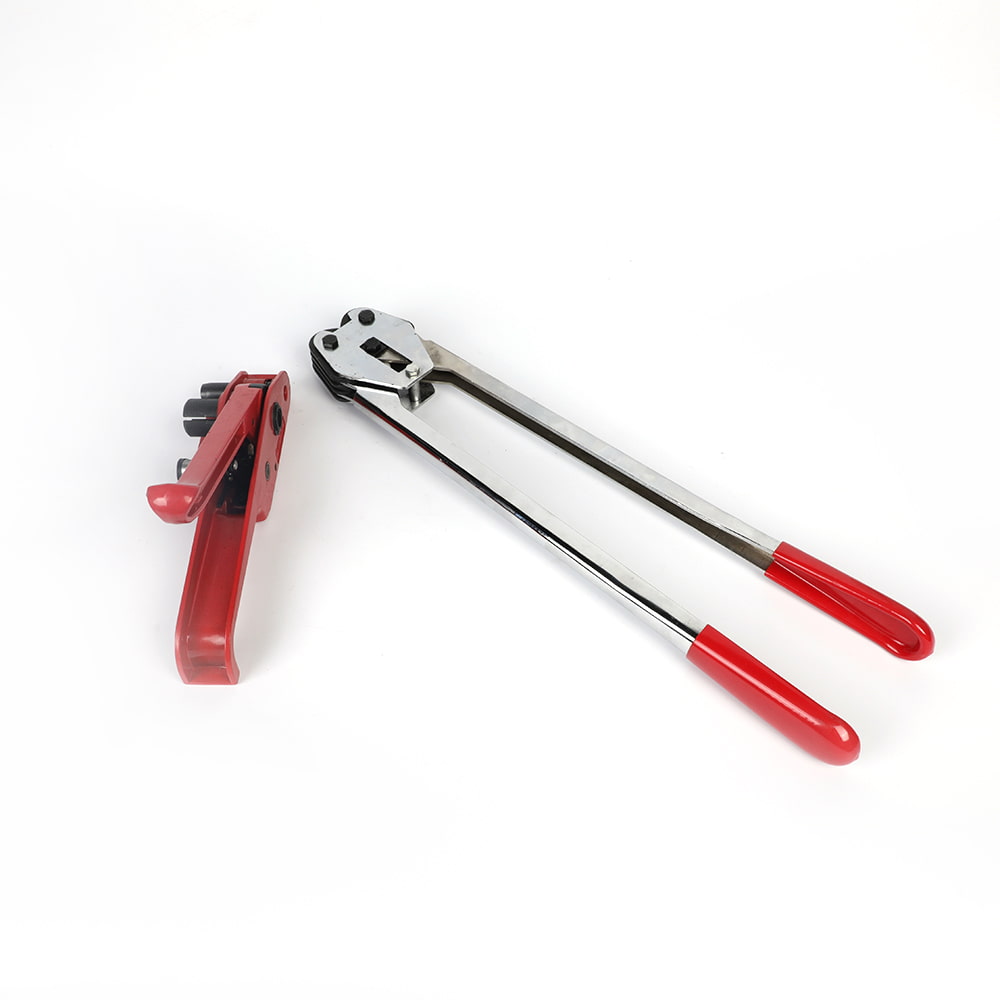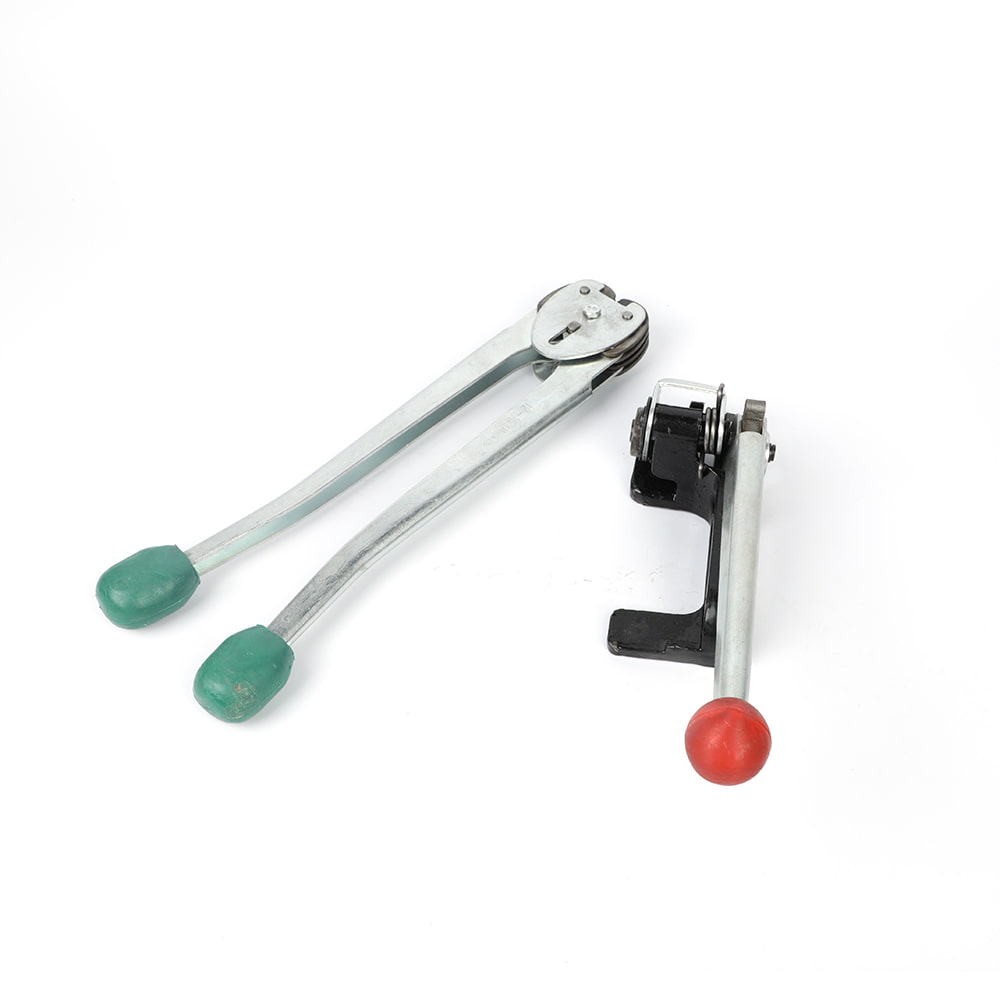How do innovations in Steel Strapping Machine design address the evolving needs of the packaging industry?
Author:admin Date:2024-03-01
Innovations in steel strapping machine design continually address the evolving needs of the packaging industry by improving efficiency, flexibility, reliability, and sustainability. Here are several ways in which these innovations are making an impact:
Automation and Integration: Modern steel strapping machines are increasingly automated and integrated with packaging lines, reducing the need for manual labor and streamlining the packaging process. Automated features such as tensioning, sealing, cutting, and ejecting minimize human intervention, increase production throughput, and improve overall efficiency.
High-Speed Operation: Innovations in steel strapping machine design have led to higher-speed models capable of strapping hundreds of packages per hour. This increased throughput is essential for meeting the demands of high-volume packaging operations and optimizing production efficiency.
Versatility and Flexibility: Newer steel strapping machines are designed to accommodate a wide range of package sizes, shapes, and materials. They feature adjustable tensioning and sealing settings, as well as quick-change tooling and strapping heads, allowing for rapid adaptation to varying packaging requirements without the need for extensive manual adjustments or downtime.
Enhanced Safety Features: Safety is a top priority in modern steel strapping machine design. Innovations such as safety sensors, interlocks, and guarding systems help prevent accidents and injuries by automatically stopping the machine when a hazard is detected or when access doors are opened. This ensures compliance with safety standards and regulations while protecting operators and equipment.
Remote Monitoring and Control: Some steel strapping machines now feature remote monitoring and control capabilities, allowing operators to monitor machine performance, troubleshoot issues, and adjust settings from a centralized control panel or mobile device. This remote connectivity enables real-time visibility into production operations, enhances troubleshooting efficiency, and minimizes downtime.
Energy Efficiency: Energy-efficient designs and components are becoming increasingly common in steel strapping machines, helping to reduce energy consumption and operating costs. Innovations such as variable-speed drives, energy-efficient motors, and automatic power-saving modes optimize energy usage while maintaining high levels of performance and productivity.
Material Savings and Sustainability: Newer steel strapping machines are designed to minimize material waste and support sustainability initiatives. They feature precise tensioning and sealing mechanisms that minimize the amount of strapping material used per package, reducing material costs and environmental impact. Additionally, some machines are compatible with recycled or eco-friendly strapping materials, further supporting sustainable packaging practices.
Data Analytics and Optimization: Advanced steel strapping machines may incorporate data analytics and optimization algorithms to analyze production data, identify patterns, and optimize machine performance. By leveraging data-driven insights, manufacturers can improve efficiency, reduce waste, and optimize resource utilization throughout the packaging process.
Overall, innovations in steel strapping machine design continue to address the evolving needs of the packaging industry by improving efficiency, flexibility, reliability, safety, sustainability, and connectivity. These advancements help packaging operations stay competitive, meet customer demands, and adapt to changing market conditions effectively.
Automation and Integration: Modern steel strapping machines are increasingly automated and integrated with packaging lines, reducing the need for manual labor and streamlining the packaging process. Automated features such as tensioning, sealing, cutting, and ejecting minimize human intervention, increase production throughput, and improve overall efficiency.
High-Speed Operation: Innovations in steel strapping machine design have led to higher-speed models capable of strapping hundreds of packages per hour. This increased throughput is essential for meeting the demands of high-volume packaging operations and optimizing production efficiency.
Versatility and Flexibility: Newer steel strapping machines are designed to accommodate a wide range of package sizes, shapes, and materials. They feature adjustable tensioning and sealing settings, as well as quick-change tooling and strapping heads, allowing for rapid adaptation to varying packaging requirements without the need for extensive manual adjustments or downtime.
Enhanced Safety Features: Safety is a top priority in modern steel strapping machine design. Innovations such as safety sensors, interlocks, and guarding systems help prevent accidents and injuries by automatically stopping the machine when a hazard is detected or when access doors are opened. This ensures compliance with safety standards and regulations while protecting operators and equipment.
Remote Monitoring and Control: Some steel strapping machines now feature remote monitoring and control capabilities, allowing operators to monitor machine performance, troubleshoot issues, and adjust settings from a centralized control panel or mobile device. This remote connectivity enables real-time visibility into production operations, enhances troubleshooting efficiency, and minimizes downtime.
Energy Efficiency: Energy-efficient designs and components are becoming increasingly common in steel strapping machines, helping to reduce energy consumption and operating costs. Innovations such as variable-speed drives, energy-efficient motors, and automatic power-saving modes optimize energy usage while maintaining high levels of performance and productivity.
Material Savings and Sustainability: Newer steel strapping machines are designed to minimize material waste and support sustainability initiatives. They feature precise tensioning and sealing mechanisms that minimize the amount of strapping material used per package, reducing material costs and environmental impact. Additionally, some machines are compatible with recycled or eco-friendly strapping materials, further supporting sustainable packaging practices.
Data Analytics and Optimization: Advanced steel strapping machines may incorporate data analytics and optimization algorithms to analyze production data, identify patterns, and optimize machine performance. By leveraging data-driven insights, manufacturers can improve efficiency, reduce waste, and optimize resource utilization throughout the packaging process.
Overall, innovations in steel strapping machine design continue to address the evolving needs of the packaging industry by improving efficiency, flexibility, reliability, safety, sustainability, and connectivity. These advancements help packaging operations stay competitive, meet customer demands, and adapt to changing market conditions effectively.

 EN
EN 
 English
English 中文简体
中文简体

